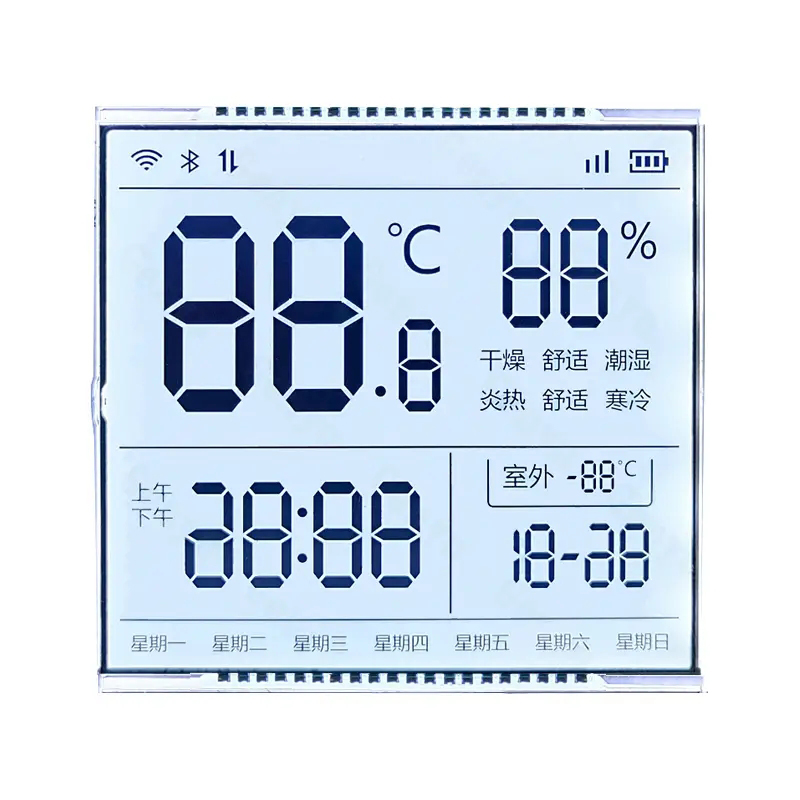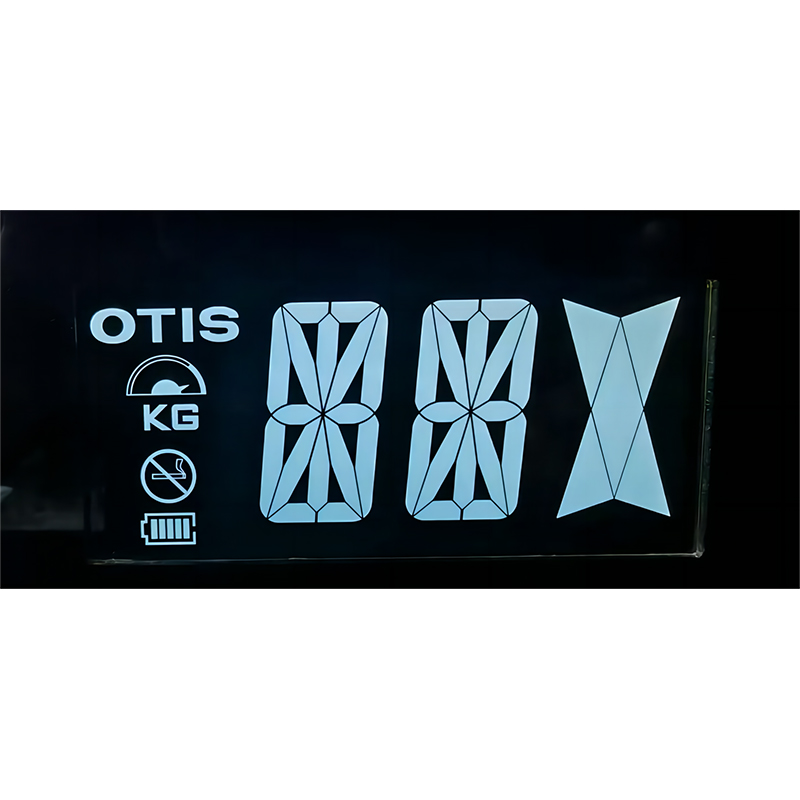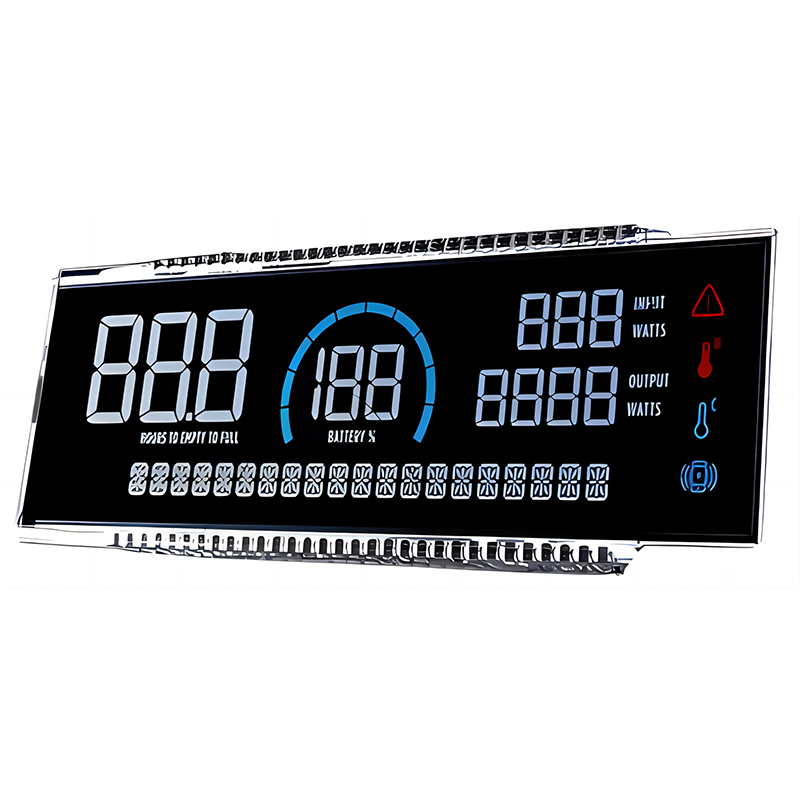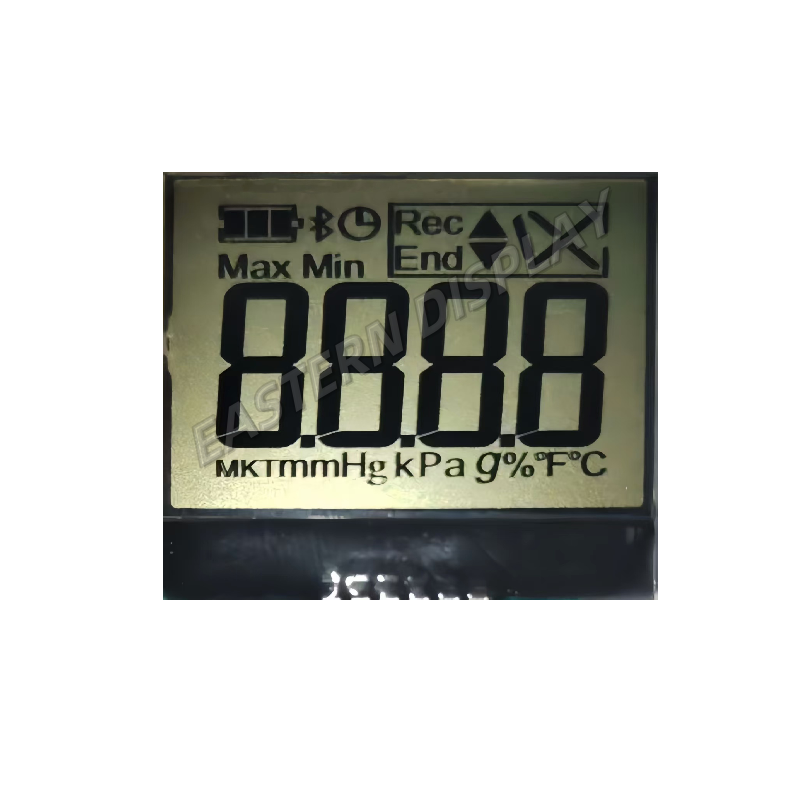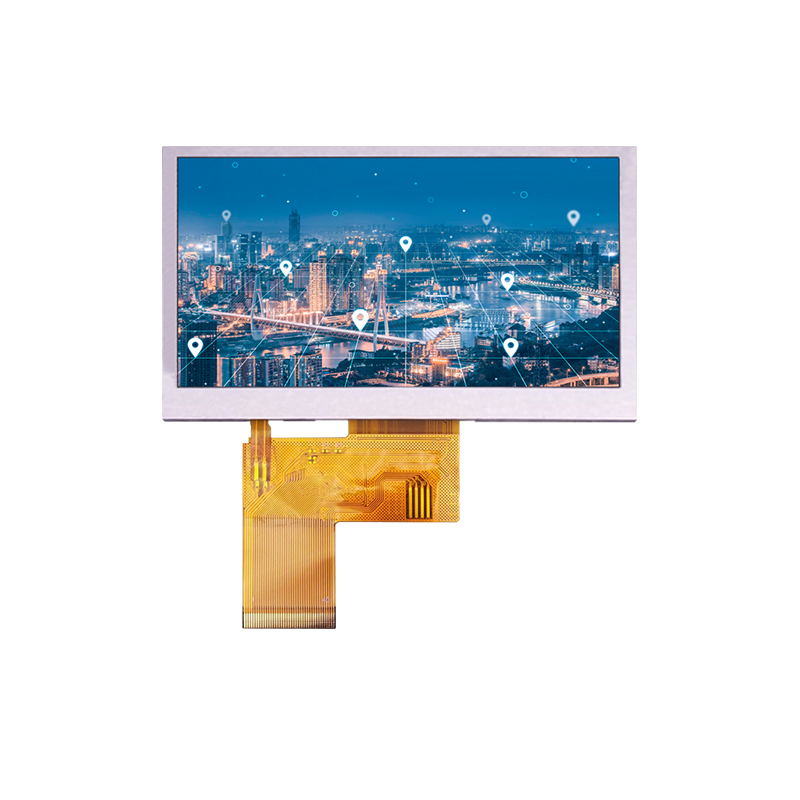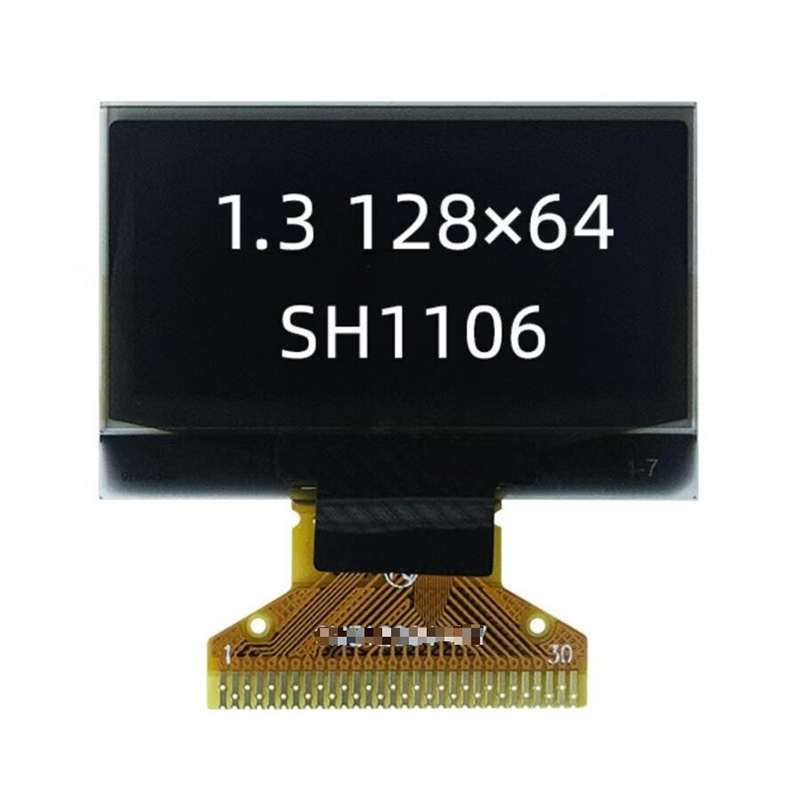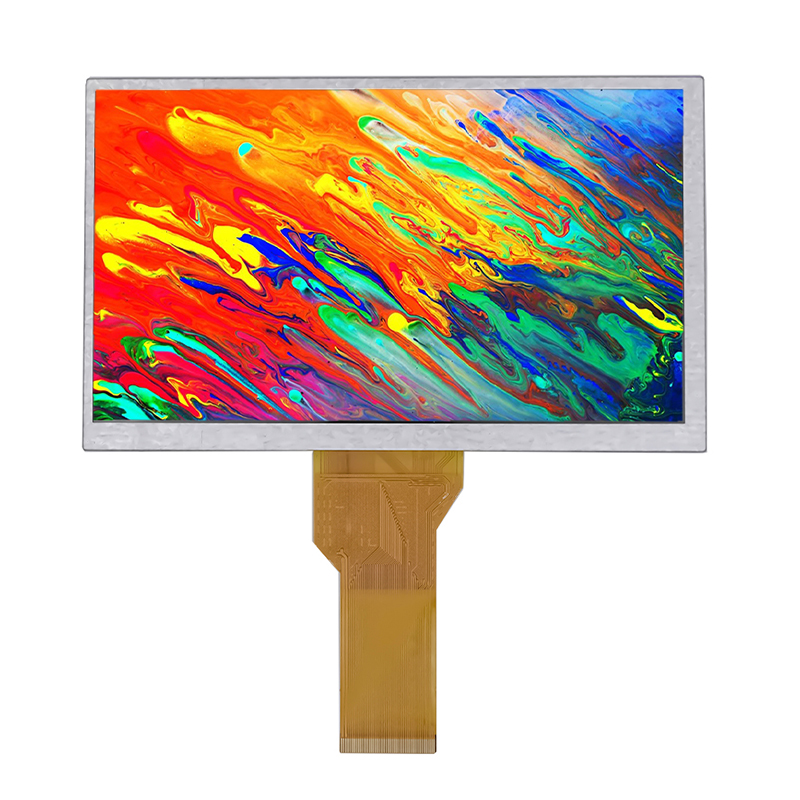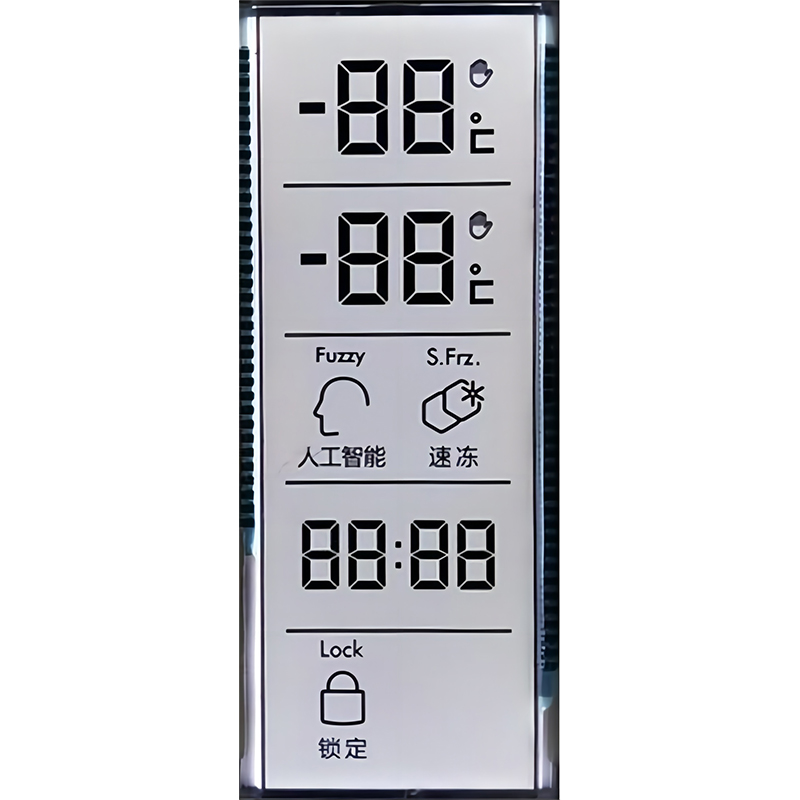
This article provides a comprehensive guide to mechanical segment displays, exploring their functionalities, applications, advantages, and disadvantages. We'll cover various types, design considerations, and common use cases, offering practical insights for those working with or considering incorporating this technology.
Mechanical segment displays are electromechanical devices that use physical segments to form numerals and other characters. Unlike their digital counterparts like LCD or LED displays, these displays rely on mechanical movement of segments to create the visual output. These segments are typically formed from materials like metal or plastic, and their movement is often driven by small motors or solenoids. They offer a distinct, retro aesthetic often favored in specialized applications.
Rotary displays are a classic example of mechanical segment displays. They utilize rotating drums or wheels with segments printed or embossed on them. As the drums rotate, different segments are revealed to form numbers or characters. These displays are often robust and reliable but can be slower in operation than other types.
Flip-flop displays, also known as flip-disc displays, use individual segments that physically flip or rotate to show different characters. This mechanism provides a unique visual effect and can offer high visibility in various lighting conditions. However, the manufacturing complexity can make these displays more expensive.
Choosing the right display technology depends on several factors. Let's compare the pros and cons of mechanical segment displays:
| Feature | Advantages | Disadvantages |
|---|---|---|
| Durability | Highly robust and resistant to damage | Moving parts can eventually wear out. |
| Visibility | Excellent visibility in bright sunlight or low-light conditions | Limited viewing angles compared to LCDs. |
| Power Consumption | Relatively low power consumption | Higher than some modern digital displays |
| Cost | Can be cost-effective for certain applications | Often more expensive than mass-produced LCD or LED displays |
Mechanical segment displays find niche applications where their unique characteristics are advantageous. These include:
Selecting the appropriate mechanical segment display involves considering factors such as the required character set, size, visibility requirements, durability needs, and budget. Consult with manufacturers like Dalian Eastern Display Co., Ltd. for expert advice and custom solutions.
Mechanical segment displays, though often overshadowed by digital technologies, offer distinct advantages in certain applications. Understanding their strengths and limitations is crucial for engineers and designers seeking robust, high-visibility, and often retro-aesthetic displays.

